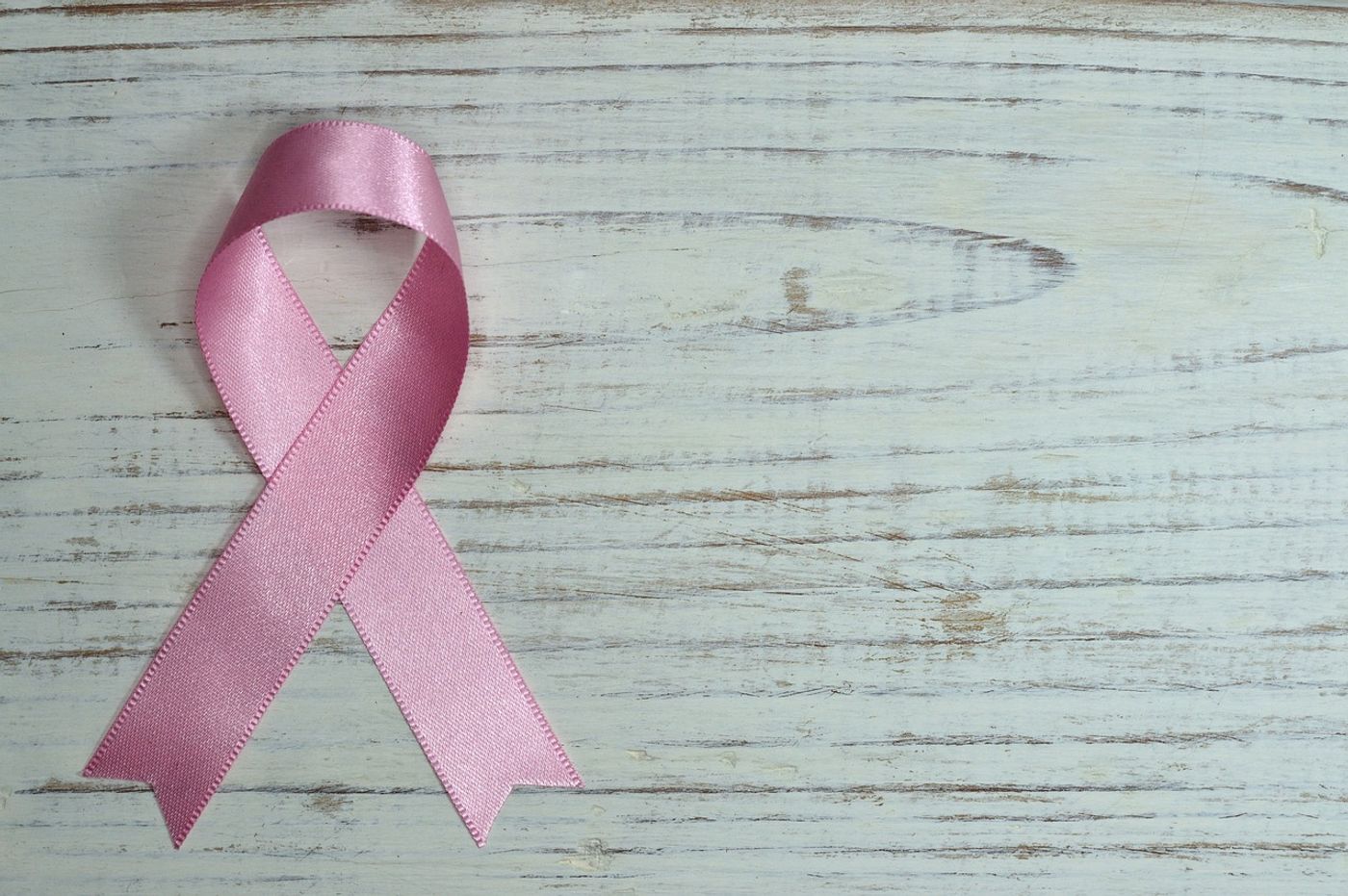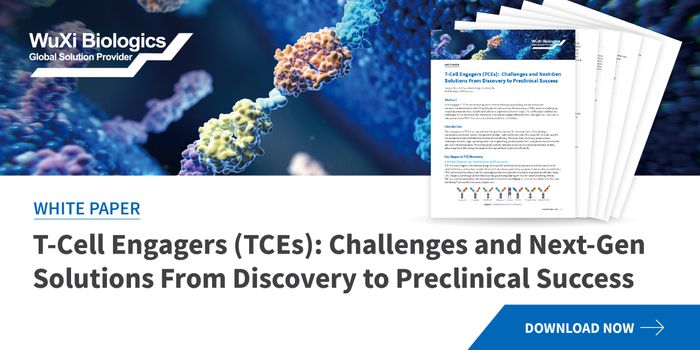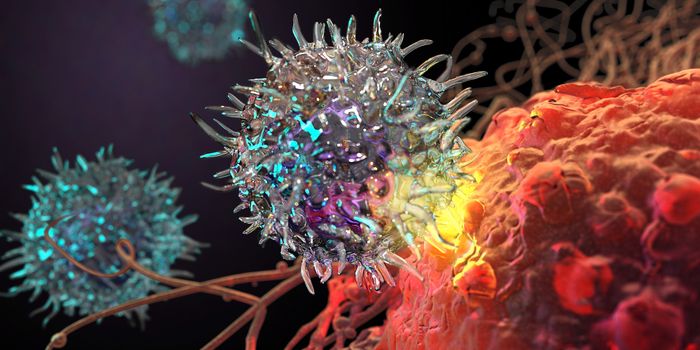A New Mechanism for Breast Cancer Cells to Thrive During Starvation
A network of proteins and fibers known as an extracellular matrix (ECM) provides support and structure to tissues and cells throughout our bodies. The ECM also facilitates cell-to-cell communications to promote cellular functions like growth and movement. If excessive or abnormal changes occur within the ECM, cancer can result.
Tumors also have an ECM that encompasses them, playing an important role in regulating the growth and spread of cancer cells. Type I collagen (collagen I), a fibrous protein that makes up most of the connective tissue in the human body, is abundant in the ECM surrounding breast tumors. In the breast cancer setting, the ECM can restrict the flow of nutrients and blood into the tumor. Importantly, as tumors grow, the availability of nutrients becomes further reduced.
While limiting nutrient availability to a tumor might seem like a benefit, it's a different story for tumors. They've evolved to not just survive, but thrive, in these suboptimal conditions. Understanding how tumors overcome nutrient starvation is a crucial step towards developing effective cancer treatments. A team of researchers recently uncovered a mechanism by which breast tumors supplement their growth within the ECM and published their findings in PLOS Biology.
The researchers embedded breast cancer cells into collagen, a synthetic matrix product, or plastic. After seeding the cells, the researchers observed the cells in each condition with and without amino acids. With amino acids present, cancer cells in both collagen and synthetic matrix took up amino acids from the environment.
Using fluorescently dyed collagen, the researchers demonstrated that the cells internalized and degraded the ECM, leading to the regulation of internal amino acids like tyrosine and phenylalanine. The resulting increase in tyrosine promoted tricarboxylic acid (TCA) cycling (also known as the Krebs cycle). Further, the study revealed that activation of the TCA cycle during starvation prompted tumor cell growth and migration, unfavorable characteristics for cancer.
Overall, the study revealed that invasive breast cancer cells deprived of amino acids actually ingested nutrients directly from the ECM. Through this mechanism, the ECM supported the growth of the cancer cells. This research could pave the way for novel drug discovery and development in the fight against breast cancer.
The researchers performed these studies using two—and three-dimensional model systems and sought to determine how their findings may impact prognosis. They found that breast cancer patients expressing high levels of an enzyme integral to the TCA pathway (p-hydroxyphenylpyruvate hydroxylase-like protein) correlated to a poor prognosis. This underscores the urgent need for further research into the ECM and other components of the tumor microenvironment and their role in breast cancer progression.









